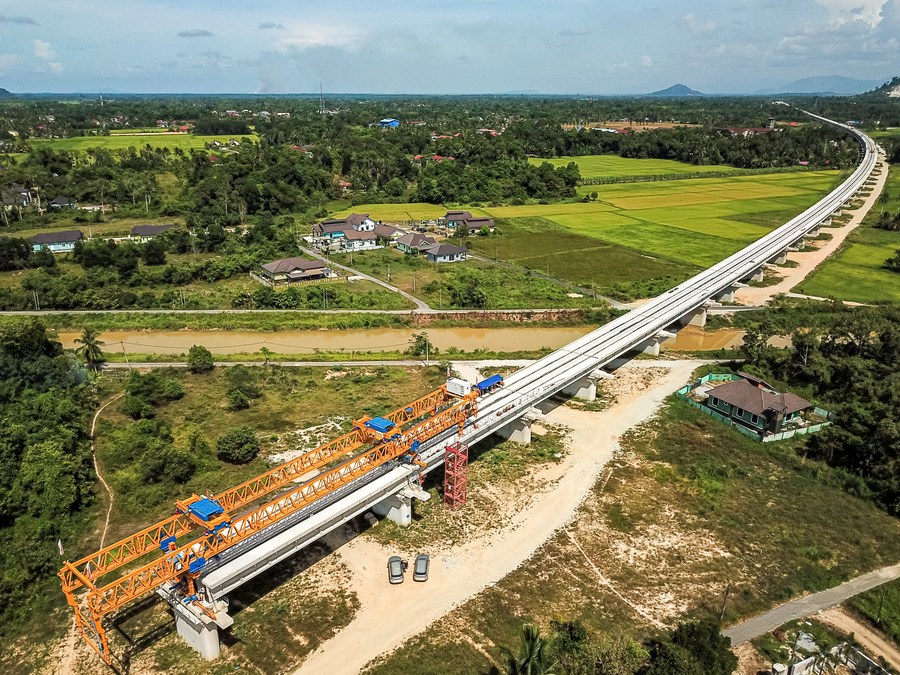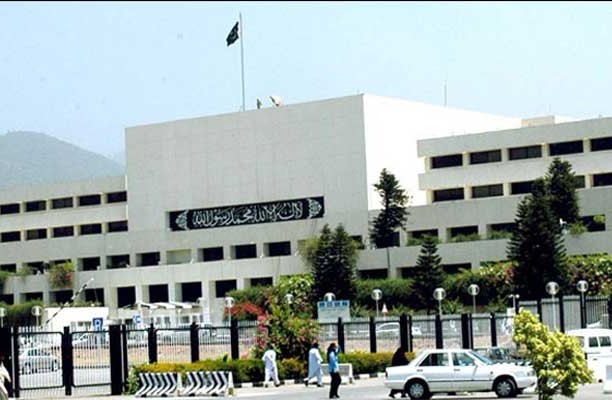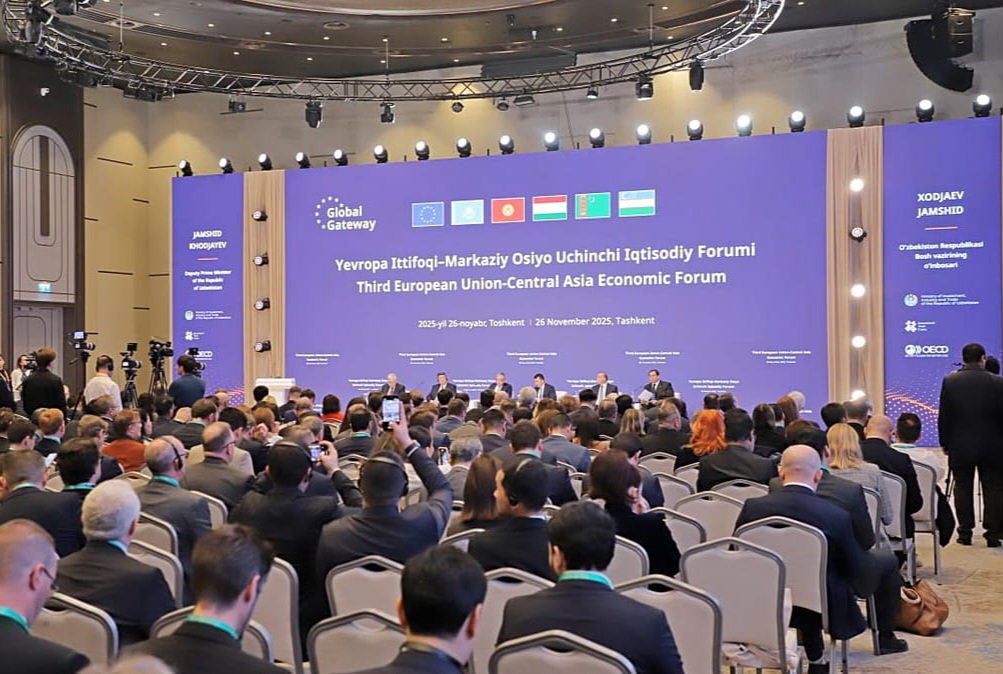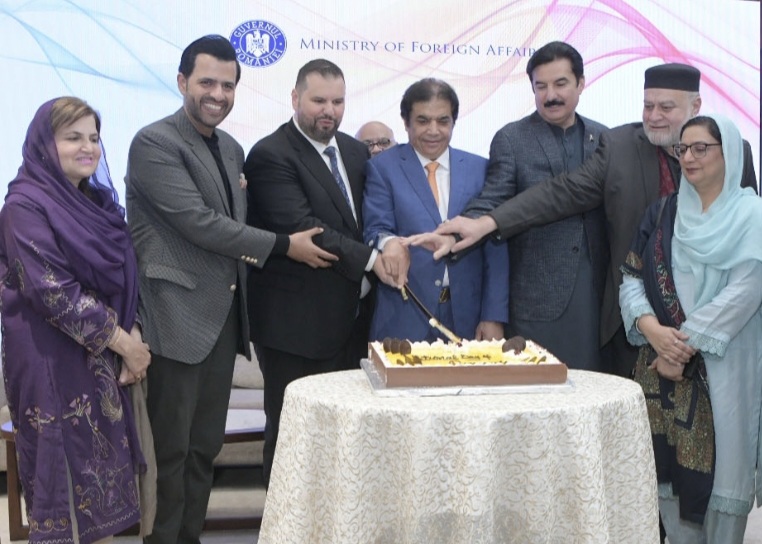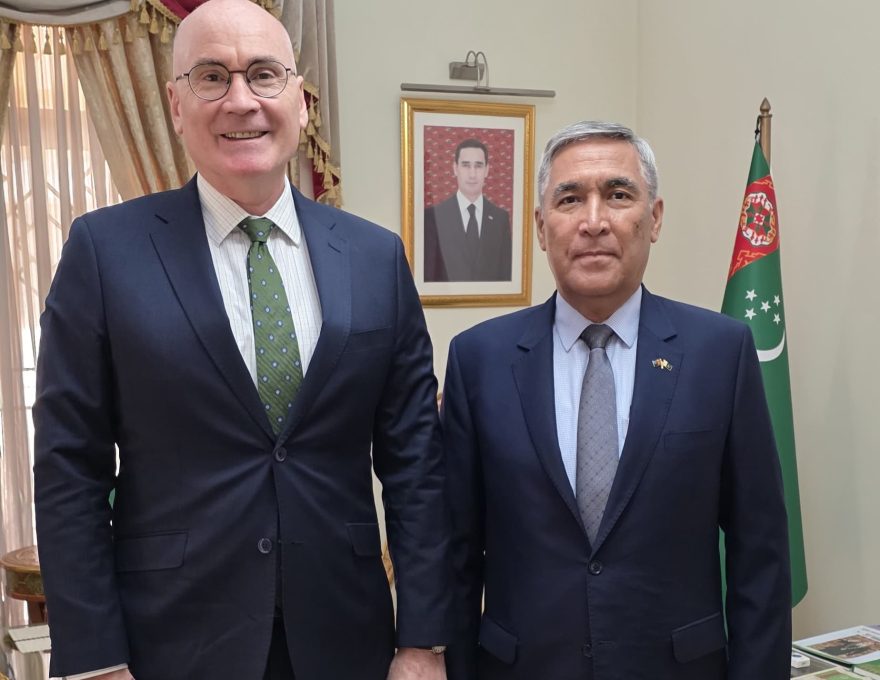The Fourth Plenary Session of the 20th Communist Party of China (CPC) Central Committee will convene in Beijing from October 20 to 23. The meeting will chart the direction for China’s 15th Five-Year Plan (2026–2030), a crucial policy blueprint that will guide the country’s economic and social development over the next half decade. As the 14th Five-Year Plan (2021–2025) nears completion, the upcoming plenum is set to review its achievements and lay the groundwork for a new era of “high-quality development” anchored in innovation, market vitality, and openness to the world.
The session, chaired by the CPC leadership, is expected to focus on topics such as “new quality productive forces,” “China’s huge market,” and “high-level opening up” — central pillars that define the next phase of the nation’s transformation. For both domestic and global observers, the plenum will serve as a bellwether of China’s policy continuity and its evolving role in the international economic landscape.
Achievements of the 14th Five-Year Plan
Under the 14th Five-Year Plan, China maintained steady growth despite global uncertainties. Between 2021 and 2024, the economy expanded at an average annual rate of about 5.5 percent, accounting for nearly 30 percent of global economic growth. Domestic consumption became the main driver, contributing more than half of the GDP increase. This shift towards household spending underscores Beijing’s long-term goal of fostering a consumption-led economy.
R&D investment surged, with total spending rising by nearly 50 percent during this period. This focus on science and technology has pushed China’s innovation capacity closer to that of advanced economies. The country has rapidly built an ecosystem that integrates digital infrastructure, smart manufacturing, and green technology — laying the foundation for “new quality productive forces.”
Environmental progress has also been notable. Energy consumption per unit of GDP declined by over 11 percent, while renewable energy capacity more than doubled, reaching 2.09 billion kilowatts by mid-2025. China now derives roughly one-third of its electricity from clean sources. Electric vehicle ownership exceeded 30 million units, demonstrating a strong shift toward sustainable transportation.
Meanwhile, China remained an attractive destination for global investors. From 2021 to 2024, inbound foreign direct investment totaled about 4.7 trillion yuan. Foreign-funded firms now contribute around one-third of China’s trade and a quarter of its manufacturing output. The government has continued to shorten its negative investment list, lifting all restrictions in manufacturing and gradually opening agriculture and services.
Coming up: what’s on the table
A central theme for the upcoming plan is the promotion of “new quality productive forces.” The concept represents China’s push to replace traditional growth engines with technological innovation, digital transformation, and industrial upgrading. It emphasizes efficiency, sustainability, and innovation as key sources of competitiveness.
In essence, the term means creating more output through smarter, cleaner, and more connected production systems. It involves integrating advanced technologies such as artificial intelligence, green manufacturing, and biotechnology into industry. The approach also aims to foster synergy between universities, enterprises, and research institutions, turning innovation into a key national advantage.
This vision aligns with China’s broader green agenda. As the leadership has noted, innovation-led productivity must be inherently “green productivity,” ensuring that economic progress reduces environmental strain rather than increasing it. In practice, this means continued investment in renewable energy, smart grids, electric vehicles, and circular economy systems — sectors expected to see large policy support during the 15th Five-Year Plan.
Infrastructure projects across regions, such as those in the Greater Bay Area and Yangtze River Delta, embody this integration of high technology with urban and industrial planning. By promoting regional innovation clusters, China aims to build a more balanced, innovation-driven economy that can sustain its long-term growth trajectory.
Alongside technological modernization, China’s massive domestic market remains a critical pillar of its economic resilience. The 14th Five-Year Plan focused on expanding the middle class, improving income distribution, and stimulating domestic demand — goals that will continue into the next phase.
The government has promoted consumption upgrades through policies that boost urbanization, encourage service-sector growth, and reduce tariffs on consumer goods. The intent is to allow the country’s 1.4 billion citizens — particularly the growing middle-income group — to drive economic expansion through spending on quality goods, culture, health, and technology.
Recent policy signals emphasize an even stronger focus on consumption. The leadership has called for “vigorous expansion of domestic demand,” improved investment efficiency, and a better business environment to unleash the potential of local markets. With incomes rising and logistics systems becoming more efficient, China is poised to evolve into one of the largest and most diversified consumer economies in the world.
This transformation also presents vast import potential. As China encourages domestic consumption of higher-end goods and services, foreign businesses are likely to find new opportunities in fields ranging from healthcare and education to food, tourism, and green technologies. For countries like Pakistan and other Belt and Road partners, this shift could translate into increased export prospects and deeper economic ties.
China’s policy of “high-level opening up” remains central to its development vision. Through continuous trade liberalization, investment reforms, and global partnerships, Beijing aims to reinforce its image as an open, reliable, and cooperative economic partner.
The Belt and Road Initiative (BRI) continues to play a defining role in this regard. In recent years, BRI projects have expanded into new domains such as digital connectivity, renewable energy, and artificial intelligence. This reflects an evolution from large-scale infrastructure to high-tech, green, and inclusive development partnerships. For participating countries, especially in South Asia and Africa, BRI remains a channel for infrastructure financing, capacity building, and trade diversification.
Domestically, China continues to enhance its business environment by easing restrictions on foreign enterprises, reforming its legal framework, and ensuring greater protection for intellectual property rights. This ongoing process signals to the international community that China’s door will remain open — not just for capital, but for ideas, innovation, and collaboration.
The forthcoming 15th Five-Year Plan will likely prioritize technological self-reliance, sustainable growth, and deeper integration with the global economy. Analysts expect continuity rather than drastic change — reinforcing the policies that have brought stability and progress during the current plan.
For developing countries and regional partners, China’s policy trajectory holds significant implications. The continued emphasis on innovation, consumption, and connectivity underlines opportunities for collaboration — from green technology transfer to trade and investment partnerships under the Belt and Road framework.
Mr. Qaiser Nawab, a global peace activist, is a distinguished international expert specializing in the Belt and Road Initiative (BRI), Afghanistan, Central Asia and founder of the Belt and Road Initiative for Sustainable Development (BRISD), a newly established global think-tank headquartered in Islamabad, in conjunction with the one-decade celebration of BRI.





